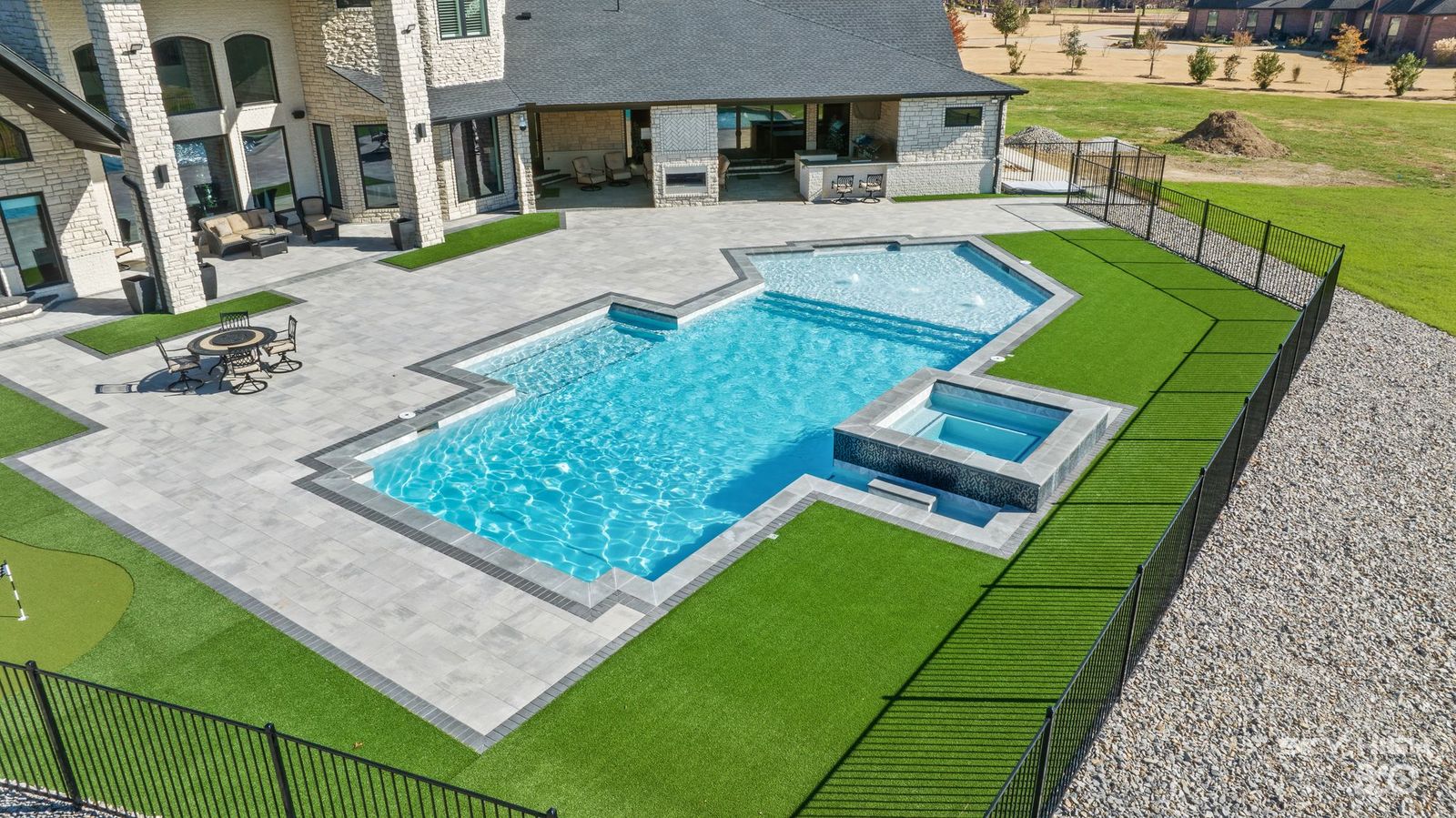Adding stone veneer to your home’s exterior is one of the best ways to boost its curb appeal and value. Whether you’re upgrading your façade or accenting a portion of the wall, installing exterior stone veneer is a project that can give your home a beautiful, natural look. The good news is that with proper preparation, you can install it yourself and achieve professional-looking results. This guide will walk you through the process step-by-step, using simple language to make it easy to follow—even for beginners.
What Is Stone Veneer?
Stone veneer is a lightweight, thin layer of stone that mimics the look of natural stone but is easier to handle and install. It can be made from real stone sliced thin or manufactured stone made from concrete and colored to look like natural rock. Exterior stone veneer is designed specifically to be used outdoors and can be installed on surfaces like wood, concrete, or masonry.
Stone veneer is a popular choice for exterior siding, porch columns, foundation walls, and chimney faces. It provides the texture and color of real stone but at a fraction of the cost and weight, making it a practical solution for many homeowners.
Tools and Materials You’ll Need
Before starting, gather the following tools and materials:
-
Stone veneer panels or individual pieces
-
Cement backer board or metal lath (for wood surfaces)
-
Exterior grade mortar or stone veneer adhesive
-
Trowel
-
Grout bag or pointing tool
-
Level
-
Hammer and nails or screws
-
Circular saw or angle grinder (with masonry blade)
-
Weather-resistant barrier (house wrap)
-
Metal flashing (if needed)
-
Paintbrush or sponge for cleaning
Make sure to wear safety gloves and goggles, especially when cutting stone.
Step 1: Prepare the Surface
The first step to installing exterior stone veneer is preparing the wall surface. If you’re installing on a concrete or masonry wall, clean it thoroughly and make sure it’s dry. For wood or drywall surfaces, you’ll need to first cover the wall with a weather-resistant barrier (like house wrap), then attach metal lath or cement backer board to give the mortar something to grip onto.
Use galvanized nails or screws to fasten the lath or backer board securely to the studs. Make sure it’s tight and covers the entire area where the stone will be installed. Flashing should be added around windows, doors, and the bottom of the wall to prevent water damage.
Step 2: Apply the Scratch Coat
Once the backer board or metal lath is in place, apply a scratch coat of mortar. This coat helps create a rough surface that allows the stone to adhere properly. Use your trowel to spread a thin layer (about ½ inch thick) of mortar over the lath. Then, use a notched trowel or a stiff-bristled brush to scratch horizontal grooves into the surface while the mortar is still wet.
Allow this coat to dry for 24 to 48 hours before moving on to the next step.
Step 3: Lay Out Your Stone
Before applying the stones to the wall, lay them out on the ground in front of the area where they’ll be installed. This allows you to plan the design, mix colors, and sizes, and avoid repeating patterns. Mixing stones from different boxes helps achieve a more natural look.
If you’re using stone veneer panels, the process is faster, but individual stones give you more flexibility with the design. If needed, cut pieces using a saw or grinder with a masonry blade. Make sure to wear protective gear when cutting stones.
Step 4: Apply Mortar to the Wall
Now it’s time to start applying the stones. Begin at the bottom of the wall and work your way up. Apply mortar to the back of each stone using a trowel, about ½ inch thick. Press the stone firmly into the wall, slightly wiggling it to ensure it bonds securely.
If you’re working with mortarless stone veneer, you may use adhesive instead. Be sure to follow the manufacturer’s instructions for proper installation.
Use a level as you go to make sure the stones are even and straight. Keep checking each row so that the final look is neat and well-aligned.
Step 5: Fill in the Joints
Once all the stones are in place and the mortar has started to set, it’s time to fill the joints between the stones. Use a grout bag (similar to a cake piping bag) to squeeze mortar into the gaps. Try not to overfill. Once the mortar starts to firm up, use a pointing tool or your finger (with gloves on) to smooth the joints and press them slightly inward.
This step is especially important for exterior stone because it helps prevent moisture from seeping behind the stones, which could damage the structure over time.
Clean off any mortar that gets on the face of the stones before it dries completely. Use a brush or damp sponge for best results.
Step 6: Let It Cure
After all the stones are installed and the joints are finished, let everything cure. Mortar typically takes about 24 to 48 hours to fully dry, depending on the temperature and humidity.
Avoid spraying the wall with water during this period, and keep foot traffic and heavy items away from the area. If rain is expected, protect the newly installed veneer with plastic sheeting or a tarp.
Step 7: Clean and Seal (Optional)
Once the mortar has cured completely, clean the surface with a soft brush to remove any dust or leftover mortar. You may also choose to seal the stone with a weatherproof sealer to help protect it from stains, moisture, and fading.
Sealing is optional but can extend the life of your exterior stone veneer, especially in areas with heavy rainfall or snow. Be sure to use a sealer recommended by the stone manufacturer.
Maintenance Tips
Maintaining your stone veneer is simple. Regularly inspect for any loose stones or cracks in the mortar and repair them promptly. Clean the surface with a garden hose or a mild soap solution—avoid high-pressure washing, which can damage the mortar joints.
Properly installed exterior stone veneer can last for decades with little maintenance, making it a great investment for your home’s exterior.
Final Thoughts
Installing stone veneer on an exterior wall may sound like a complex task, but with the right tools, materials, and this step-by-step guide, it becomes very manageable—even for DIY enthusiasts. It’s a satisfying project that transforms plain walls into eye-catching, textured surfaces full of character and warmth.
Stone veneer is an affordable and lightweight alternative to full stone construction, offering the charm of natural stone without the high costs or complicated labor. Whether you’re updating your home’s front façade or adding an accent wall in the backyard, using exterior stone veneer is a smart and stylish choice.
By taking the time to properly prepare, lay out, and install the stone, you’ll enjoy a lasting finish that enhances your home’s appearance for years to come. So gather your tools, pick your stone, and start transforming your home one stone at a time.



